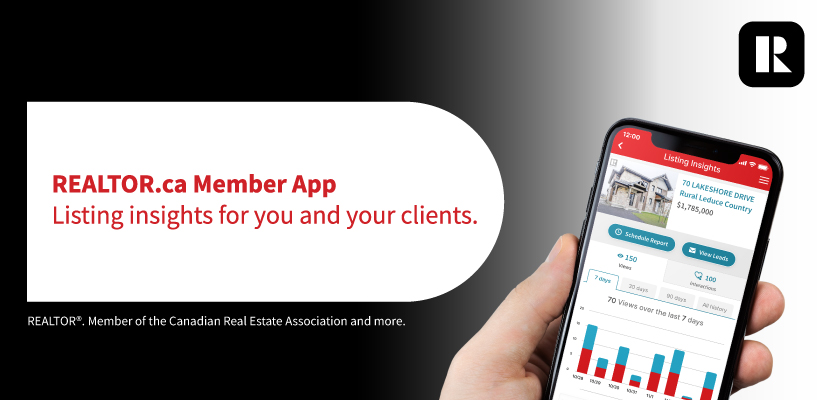We’ve been hearing for years that email is dead – and yet businesses large and small continue to market by email. Why? Because in a world of technology where things are constantly changing, email is a constant.
Social media marketing has its place, but when organic reach is dwindling to nothing and audiences are splintered between channels such Facebook, Snapchat, LinkedIn and many more, email is the one place where a business can expect its message to reach the vast majority (95-97 per cent) of their subscribers as compared to a Facebook post, which can reach as few as two per cent of the people who like your page.
Why does email still work?
- 77 per cent of consumers prefer to receive marketing messages via email (source: ochen.com).
- 91 per cent of Internet users check email at least once a day on their smartphones (ochen.com).
- Email delivers an ROI of at least three times that of social media (McKinsey & Company).
The most useful aspects of email marketing are the analytics, including who opened your email (and when) as well as what actions they took. This basic data gives you a lot of information about your clients and prospects, including what topics interest them. This gives real estate professionals the opportunity to segment their database and send out more personalized emails, which in turn increases engagement and turns into more business.
When it comes to time and money, email is the most effective tool at building relationships with your clients and starting conversations.
So how do you begin?
- Start with a professional email marketing system. Personal clients like Yahoo and Gmail won’t give you the analytics you need to make this effective.
- Figure out what kind of content your audience is interested in and give them more of what works.
- Be consistent. If you’re sending out a monthly newsletter, make sure you’re sending it every month. Because so many of us are checking email on our phones all the time, consistency is more important than the day and time you send the email out.
Mark Brodsky has been working with Realtors since 2008, producing monthly newsletters and social media management. Send him an email or visit his website.

















